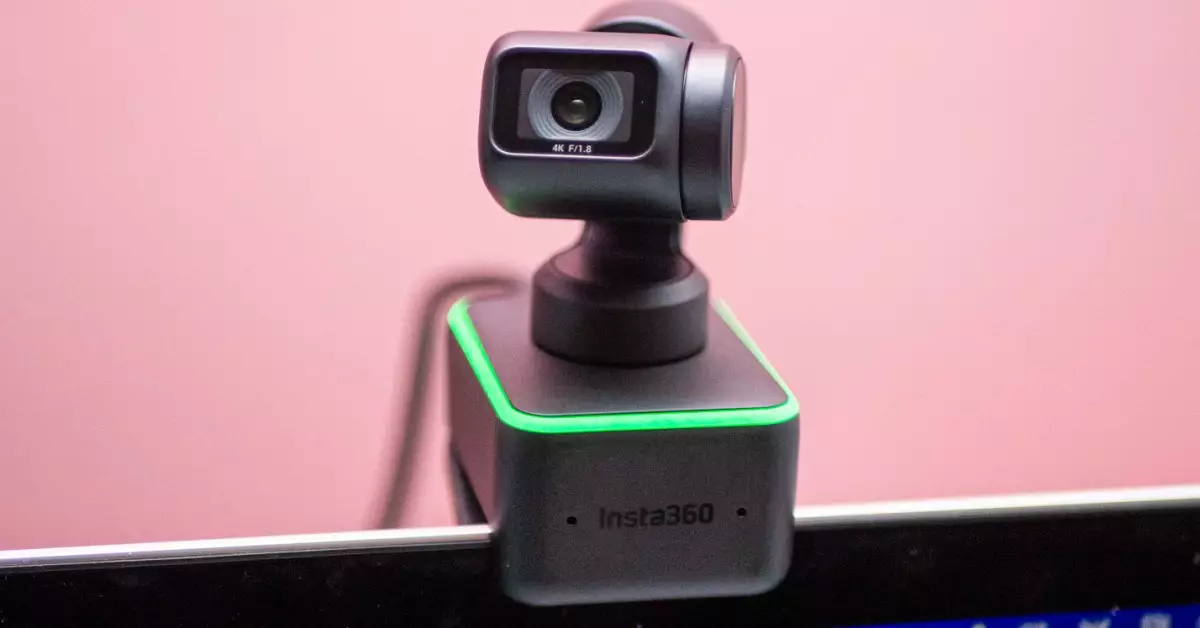In a bold move aimed at expanding the Nintendo Switch 2’s functionality, Nintendo has assured enthusiasts that they can choose from a variety of compatible USB-C webcams to enhance their gaming experience. The company notably excluded the requirement of purchasing their official $55 camera, a decision that initially sparked excitement among gamers eager to explore new ways to video chat and connect remotely with friends. However, buried beneath the allure of choice lies a complex web of compatibility issues that have left many potential users frustrated and confused.
Nintendo claims you can use “any compatible USB-C camera,” but this sweeping statement has proven misleading. A number of popular USB-C webcams—some of which proudly carry the moniker of “best webcams” in various reviews—have failed to deliver on their promise once plugged into the console. High-end models like the Logitech Brio 4K and Elgato Facecam MK.2, which are marketed for their superior video quality and features, have left users in the lurch, displaying nothing but a blank screen when connected to the Nintendo Switch 2.
The Inexplicable Disparity in Compatibility
In a perplexing twist, older USB-A models such as the Logitech C920 seem to work effortlessly with the Switch 2, demonstrating that not all cameras are created equal. The baffling disparity raises a pertinent question: What criteria does Nintendo actually use to determine webcam compatibility? Given that the console’s technical specifications are clear in supporting USB-C connections, the inconsistency in operational performance suggests that simply being a USB-C camera is not sufficient to guarantee a compatible experience.
The conundrum not only frustrates consumers but also highlights a larger issue within the tech industry— manufacturers often announce compatibility without thorough testing across their product lines. The miscommunication here is disappointing and indicative of a need for greater diligence in providing clear, accurate information and ensuring that users are not left stranded by vague compatibility claims.
Manufacturers’ Silence and the Vacuum of Information
In light of these challenges, the lack of guidance from both Nintendo and major webcam manufacturers has left consumers scrambling for solutions. Major players like Logitech, Razer, and Microsoft have yet to compile a comprehensive compatibility list, which would serve as a valuable resource for gamers. Until then, users find themselves adrift, relying on the community to chart a course through this uncharted territory of webcam compatibility.
There’s a stark contrast between the standard procedure for launching new hardware—the provision of detailed specifications and compatibility lists—and the response regarding the Switch 2’s camera compatibility. The need for a unified list of tested webcams becomes increasingly pressing as users actively seek solutions, and this task seems to fall to the gaming community itself. Users have begun to crowdsource a list of functional webcams, and while this initiative is commendable, it underscores the deficiency in official support.
Innovation and Forward-Thinking Solutions
Amidst the inconvenience, there is a silver lining for manufacturers looking to contribute positively. For instance, a representative from Elgato has indicated that they may explore firmware updates for cameras that are currently incompatible with the Switch 2. This proactive stance could bolster the trust of consumers and enhance brand loyalty. However, it further emphasizes the importance of continuous testing and innovation to ensure smooth integration between hardware and software.
With the technological landscape evolving rapidly, there’s a clear demand for manufacturers to stay ahead of compatibility issues and not leave their users navigating through a trial-and-error approach for basic functionalities. The gaming community deserves more than half-baked promises; they deserve products that work seamlessly straight out of the box.
As gamers eagerly anticipate a resolution to these frustrating compatibility issues, it remains to be seen whether Nintendo will muster the initiative to rectify its ambiguous messaging. A commitment to transparency and user satisfaction should be paramount to maintaining their stronghold in a competitive market. The success of the Nintendo Switch 2 ultimately hinges on its ability to foster a gaming ecosystem that is not just exciting but also reliably functional.


Leave a Reply